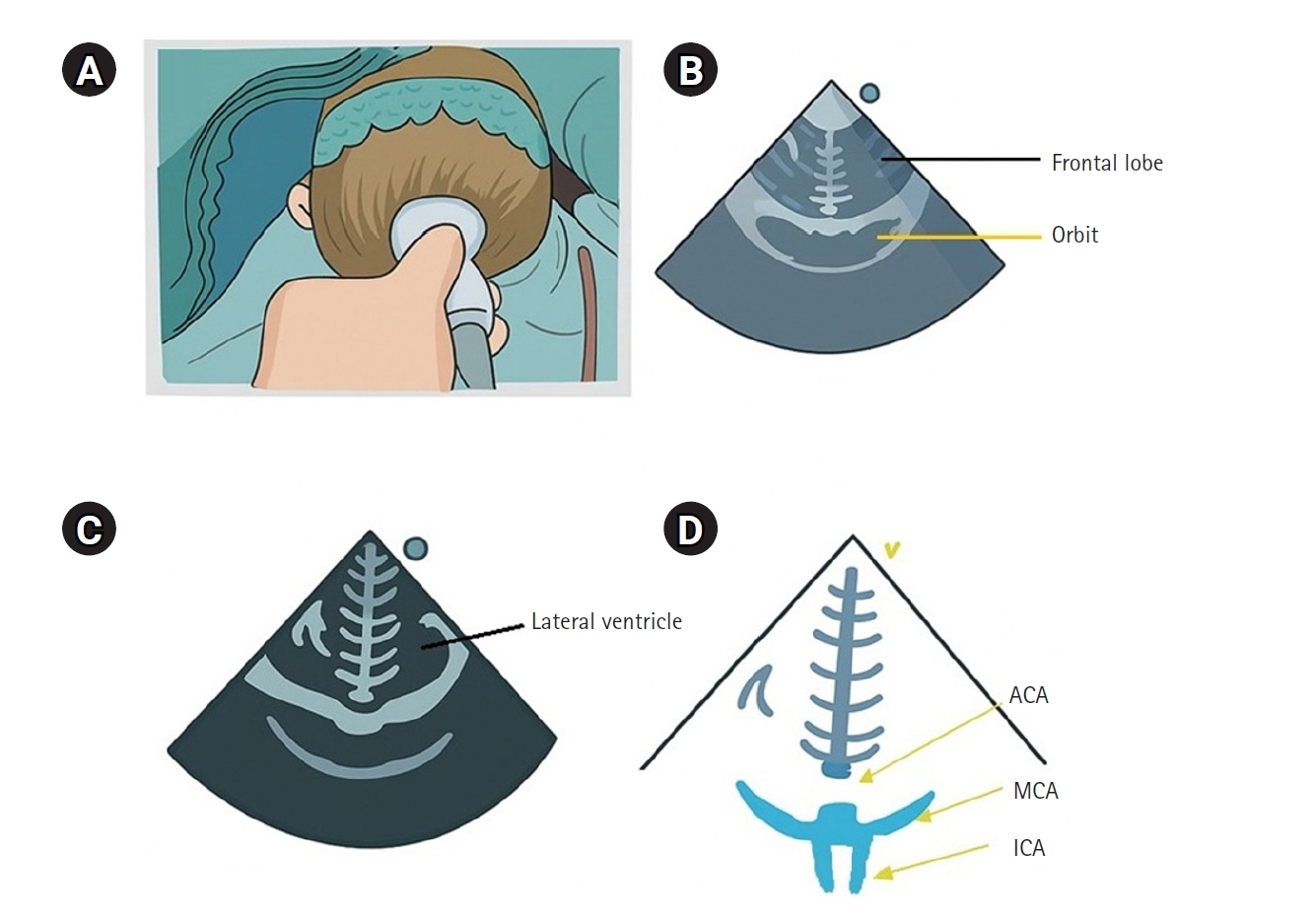

 , Youn Jin Kim
, Youn Jin Kim , Jong Hak Kim
, Jong Hak Kim , Ji Sun Jeong
, Ji Sun Jeong
We analyzed retrospectively incidence, management, and predictors of difficult intubation, which have been known through practical cases.
A total of 217 cases of difficult intubation (DI) between 2010 and 2014 were investigated. Risk factors such as age, body mass index, Mallampati score, thyromental distance, degree of mouth opening and range of neck motion, Cormack-Lehane grade, intubation and airway management techniques were investigated. The cases of each department were analyzed and the airway management techniques according to simplified risk scores (SRS) were also investigated.
The average incidence of DI was 0.49%. Patients undergoing surgery in the departments of oro-maxillo-facial surgery (1.35%), ophthalmologic surgery (0.96%), urologic surgery (0.80%), and head and neck surgery of ear-nose-throat (0.62%) showed the higher incidence of DI. Difficult mask ventilation (10 of 217, 4.6%) was occurred with DI. Higher SRS were related to high rates of video laryngoscope use and fiberoptic guided intubation. There was a decrease in the use of McCoy blades after 2013, an increase in the use of video laryngoscope, and a consistent rate of fiberoptic intubation.
It is not easy to check all the predictors of DI in a preanesthetic evaluation and the predictors are not accurate. The role of clinical preparation and practical management is important, and the most important thing is to establish a planned induction strategy. Multiple factors system, such as simplified risk factors should be used to evaluate patients to prepare for appropriate airway management techniques in case of DI.
Citations


